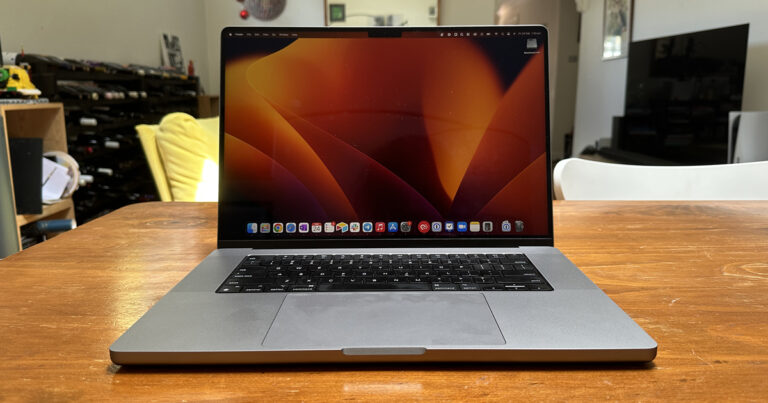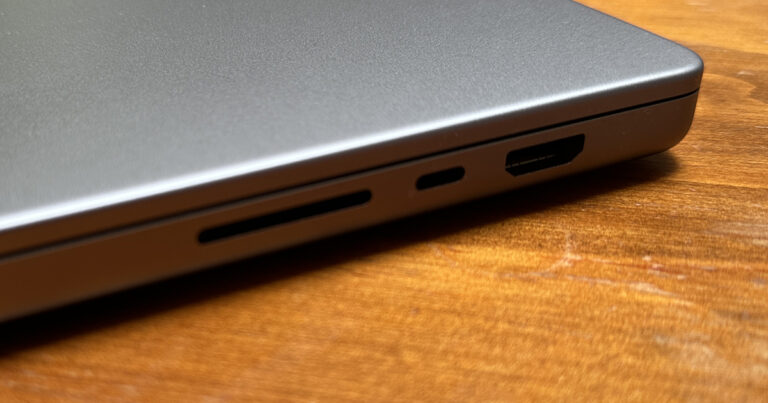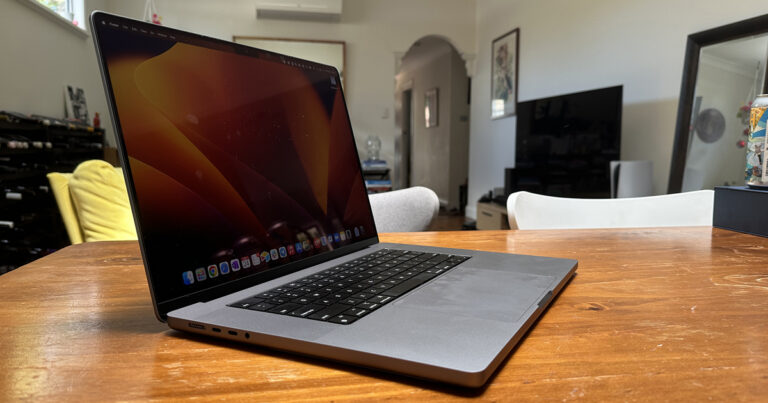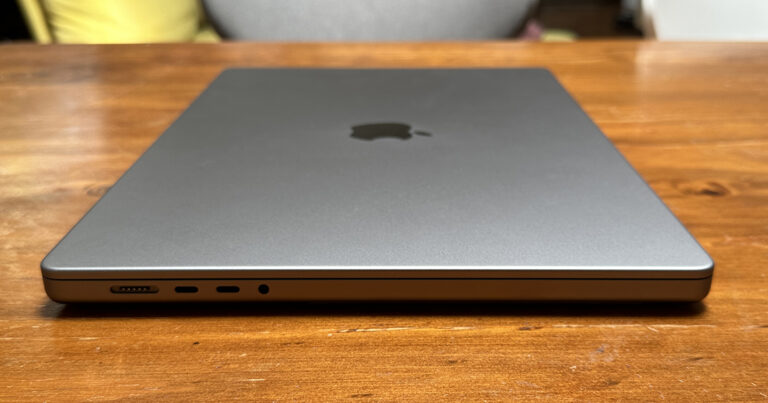Optus Mobile Review ALDI Mobile Review Amaysim Mobile Review Belong Mobile Review Circles.Life Review Vodafone Mobile Review Woolworths Mobile Review Felix Mobile Review Best iPhone Plans Best Family Mobile Plans Best Budget Smartphones Best Prepaid Plans Best SIM-Only Plans Best Plans For Kids And Teens Best Cheap Mobile Plans Telstra vs Optus Mobile Optus NBN Review Belong NBN Review Vodafone NBN Review Superloop NBN Review Aussie BB NBN Review iiNet NBN Review MyRepublic NBN Review TPG NBN Review Best NBN Satellite Plans Best NBN Alternatives Best NBN Providers Best Home Wireless Plans What is a Good NBN Speed? Test NBN Speed How to speed up your internet Optus vs Telstra Broadband ExpressVPN Review CyberGhost VPN Review NordVPN Review PureVPN Review Norton Secure VPN Review IPVanish VPN Review Windscribe VPN Review Hotspot Shield VPN Review Best cheap VPN services Best VPN for streaming Best VPNs for gaming What is a VPN? VPNs for ad-blocking And look, it’s not surprising how iterative the 2023 take on the 14-inch and 16-inch MacBook Pro is. The 2021 models were a significant redesign, and that’s not the kind of thing you get two generations in a row. I don’t think anyone was expecting a major overhaul around, but there are still a few tweaks I would have liked that would have made this year’s MacBook Pro just a little more Pro. For the sake of this review, I tested a 16-inch MacBook Pro with the M2 Max processor. The 16-inch MacBook Pro with M2 Pro is naturally more expensive at $3,999 for 16GB of RAM and a 512GB SSD. Upgrading to a M2 Max model with 32GB of RAM and a 1TB SSD will cost you $5,599. If you want to go all in, a maxed-out 16-inch MacBook Pro with M2 Max, 96GB of RAM and an 8TB SSD sells for $10,099. Of course, this won’t necessarily be reflective of the average experience. I’d suspect most of us aren’t buying a laptop with the tip-top end processor and an ungodly amount of unified memory. Any benchmarks won’t reflect how a more tempered configuration would perform. I can’t imagine anyone being disappointed by the power on offer in even the entry-level models, however. I’ve been using the base configuration MacBook Pro with M1 Pro since late 2021 and it’s never let me down. Given the extra power offered by even the entry-level M2 Pro (Apple says the base M2 Pro is up to 40% faster at processing images than the base M1 Pro, for example) I don’t think anyone’s going to be disappointed by what’s on offer here. Insane battery life. The 16-inch MacBook Pro is once again a battery god. Apple promises up to 15 hours of “wireless web” battery life and up to 22 hours of video playback. That’s an hour more than last year’s models. Your battery usage will naturally depend on what you’re doing, but from my experience, these figures seem pretty accurate. I’ve comfortably gotten about 15 hours of screen time from the 16-inch model with mixed work (predominantly using OneNote, Chrome, Zoom, and Photoshop). I can easily make it through a full workday without having to plug the MacBook in. I can’t comment on the battery life of the 14-inch model, but Apple’s guidance says it lasts an hour longer than the 2021 vintage. The 14-inch 2021 MacBook Pro is my standard work machine and it reliably lasts the day, but without the kind of buffer I get on the 16-inch model. Adding an extra hour to that is a nice bonus. Ports. If you’re coming from an Intel MacBook Pro (or any MacBook that isn’t the 14-inch or 16-inch Pro from 2021), you get to learn the joy of ports. In addition to three Thunderbolt 4 USB-C ports, you get a MagSafe charging port, HDMI connector, and an SD card reader. MagSafe not only gives you the benefit of being an anti-trip cable but also saves you from wasting a USB-C port to top up the computer. It also has a really satisfying click. Note that you still can charge the new MacBook Pro via USB-C if you’d prefer. The HDMI port is a useful alternative for connecting to external displays without the need for a dongle (or a monitor with native USB-C support), while the SD card reader will no doubt delight anyone in photography. It’s also worth noting the M2 Pro and M2 Max MacBook Pros can support multiple external displays. M2 Pro models support up to two external displays while M2 Max models can support as many as four external displays. MacBooks powered by the standard M2 chip can only support a single external display. A gorgeous display. The MacBook Pro screen hasn’t changed since the 2021 models, but it’s still easily Apple’s nicest screen. It’s gloriously sharp, has a silky smooth high speed refresh rate, and deep, deep blacks. The notch can be a little bit jarring when you first unbox the laptop, but as someone who has been using the 2021 MacBook Pro since 2021, you just end up forgetting about it. Surprisingly great speakers. While the MacBook Pro speakers haven’t been updated since the 2021 models, but they’re still worth calling out. They’re far better than you’d expect from a laptop. The only real issue is that they can’t handle deep sub-bass. You still get balanced interplay between the bass synth, kick drum, and sub-bass on Carly Rae Jepsen’s “I Didn’t Just Come Here To Dance” but the low resonant thuds you get in Childish Gambino’s “3005” are all but absent. Prices have also gone up since the first generation. In 2021, the 14-inch MacBook Pro with M1 Pro started at $2,999. This time you’ll pay a minimum of $3,199. It’s a similar story with the 16-inch model. In 2021, you were looking at a minimum of $3,749. For the M2 Pro 16-inch, it’s now $3,999. No upgradability. While not being Apple to upgrade your Mac down the line is very much the Apple standard now, it’s still a bugbear. I’d love to see Apple at least give users a way to swap out their solid state drive down the line. After all, upgradability has often been a hallmark of “professional” machines. The lack of upgradability can also create a bit of a conundrum. Do you spend more upfront in attempt to future-proof your already expensive machine? No full-size USB. USB-C may be the future, but there are still times I find myself searching for a dongle so I can use a “legacy” device. The 2023 MacBook Pros are thick enough to fit a full-size USB port, and given Apple still includes them on the Mac Studio and Mac mini, it’s a missed opportunity here. Your only option if you want a MacBook with a larger screen. If you want a big screen MacBook, the 16-inch MacBook Pro is currently your only option. This isn’t an issue with the laptop itself, but it poses a tricky question. Not everyone who wants a larger laptop needs the power offered by the 16-inch MacBook Pro. Do you drop a minimum of $3,999 on a MacBook just for a big screen, or do you compromise on screen real estate and get a more affordable option? Hopefully the 15-inch MacBook Air rumours pan out, because there’s no easy answer. That being said, they’re the new MacBook Pros are the kind of laptops where you know why you’re spending the money. The insane power, the extra ports, the ProMotion display, and robust external monitor support are all valid reasons to step up to an M2 Pro or M2 Max device. But if your workflow doesn’t demand these, you’re probably better off with a MacBook Air. You can also consider the equivalent 2021 M1 Pro models, many of which now have generous discounts. You can pick up an entry-level 14-inch MacBook Pro with M1 Pro for about $2,500 now. It won’t be quite as silly fast, but most won’t notice.



